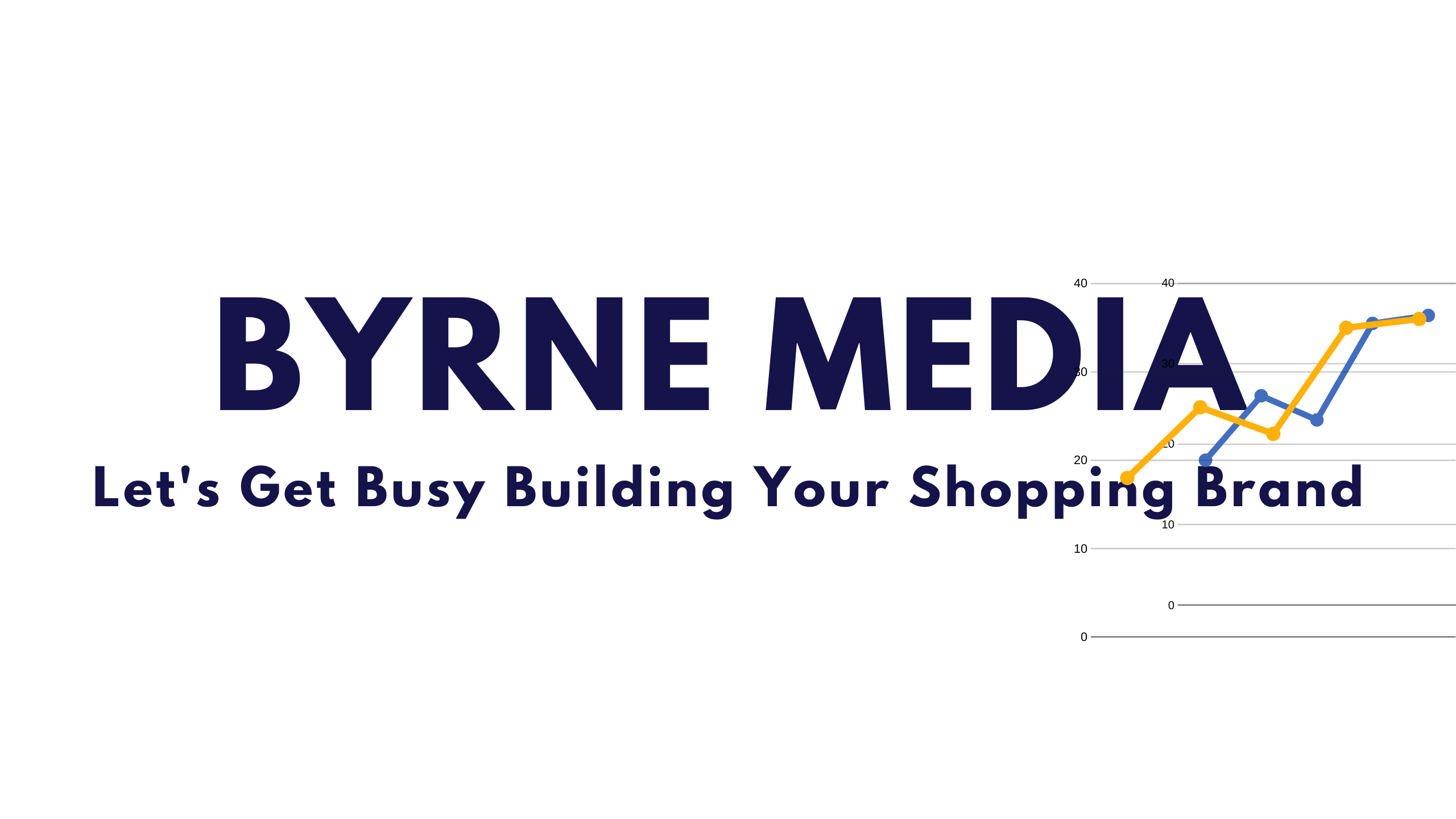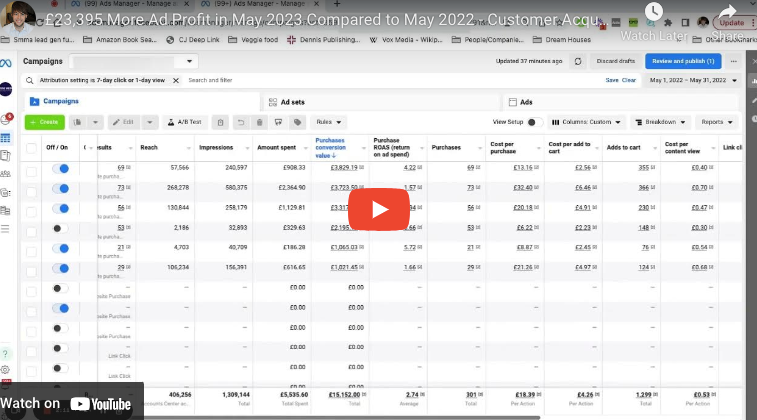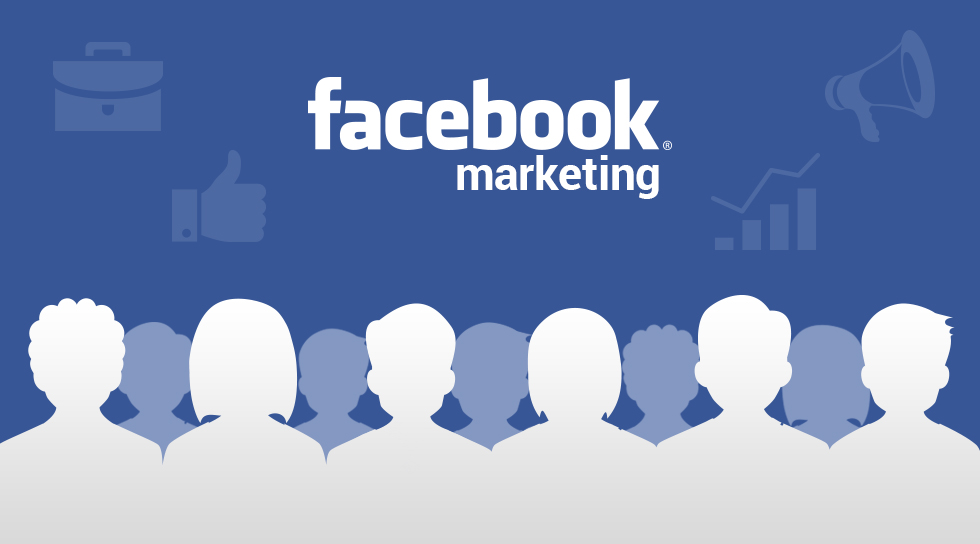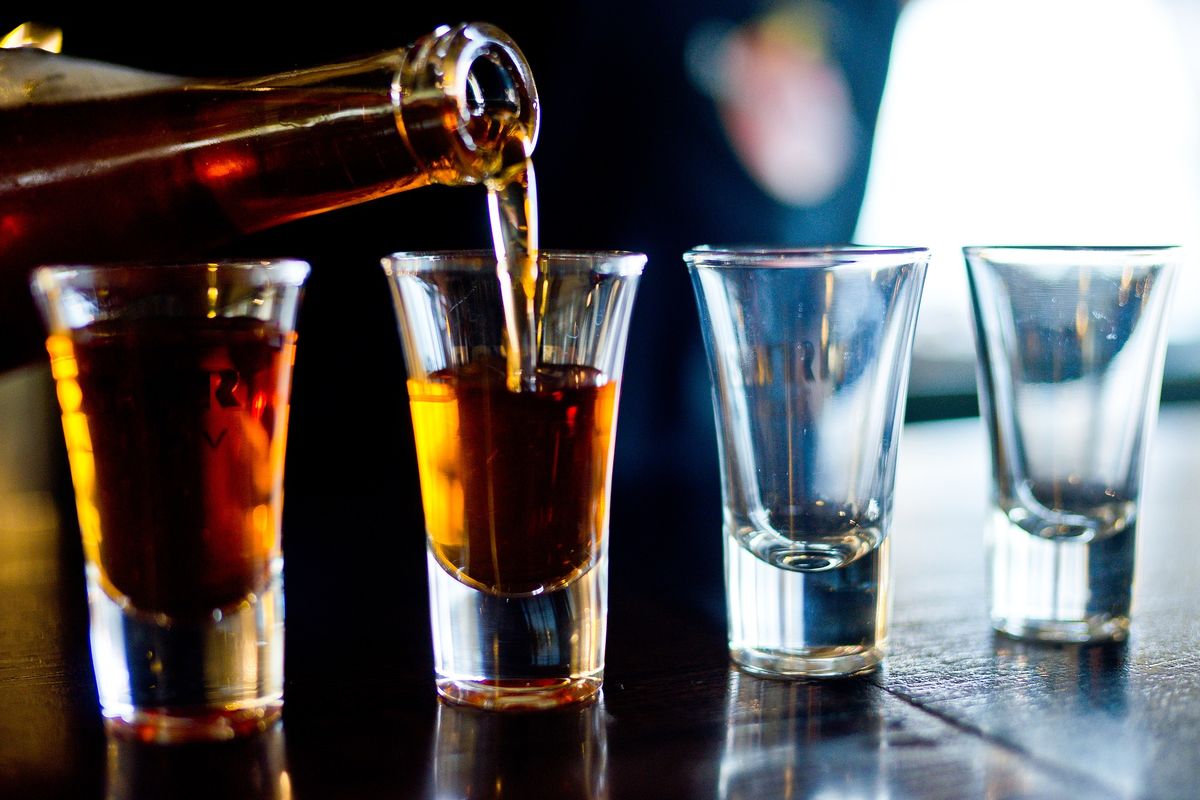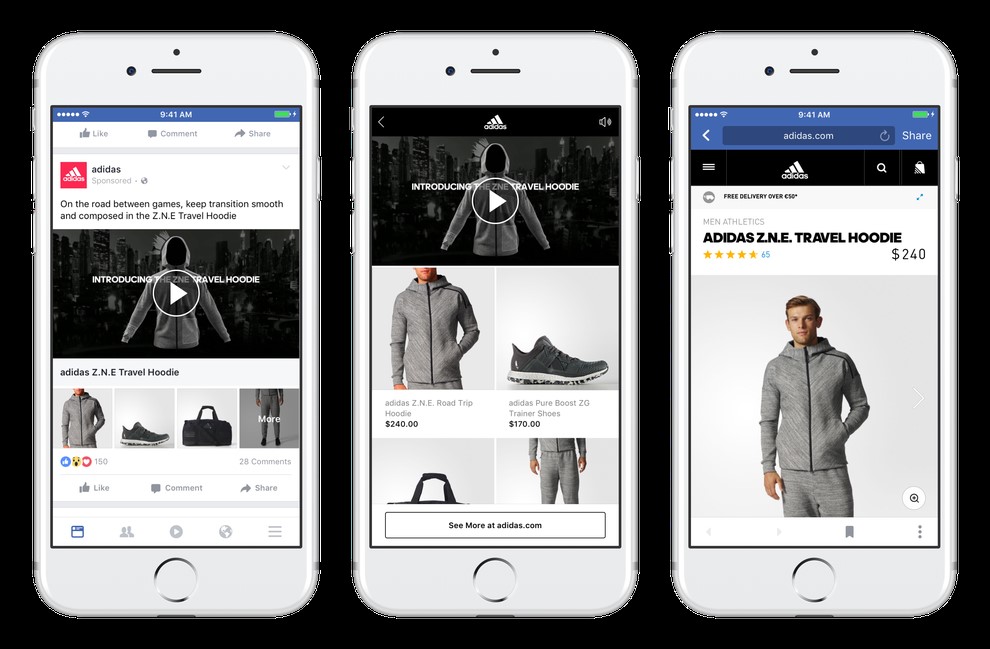
As a marketing team for both past and present times, we’ve had the pleasure of delivering results for a few well known brands in the health and beauty space over the years.
If you’re an ecom brand who operates in the beauty space, you’ll enjoy this case study. I’m about to share with you an interesting story on how one of our team members worked with a reputable beauty brand and how their ecom sales increased by 80% year on year.
For the record…
We can’t convey who the brand is. Certain brands want to remain anonymous when it comes to sensitive information like this. I am sure you can understand. We have to respect this and protect the brands identity in these cases.
With that being said…
Let’s get started with the results that were produced. As I always say when writing these case studies, the first thing we need to focus on first is…
Define a Goal To Target & Deliver Results
Before we set up any ad copy, design a creative or produce any video content, we have to first initiate a goal and a marketing plan that’s going to achieve that goal. This is usually drafted out in the form of a marketing funnel, which helps to specify what our target goal is and how we plan to get results.
So what were our goals for the client?
These goals were as follows –
- Increase brand awareness for the client
- Enhance the conversion & usage of the clients product range
- Acquire more loyal customers
So the aim in this case, was to garner more brand awareness and increase the sales of our beauty brands product line. We would achieve this by using a few different strategies to develop more brand awareness and increase conversions of the product range.
The client was branding themselves just fine online, but they had a desire to target a specific group of female users aged between 15-19 & 30-39 year old. They saw an opportunity to increase revenue for their line of beauty products to this specific demographic of their target audience.
This was essentially their goal with this partnership.
Now that we have established the goal…
Our next move was….
Develop a Marketing Strategy
At this point, we have a goal to aim for. But in order to achieve this goal we need to develop a marketing strategy that will help us to deliver results for this goal.
Some of the questions that needed asking where things like –
- What traffic sources were we going to use to find our target audience?
- How were we going to create brand awareness?
- What type of targeting were we going to test for our cold audiences on the likes of Facebook and Google?
- What kind of offers were we going to test that would convert, drive more sales & acquire more loyal customers for our beauty brand?
- Can/should we acquire more customers from our clients competitors?
The solution we advised the client was to create a strategy using online advertisements that would deliver results specific in the areas of awareness, conversion & customer loyalty.
The objective was to increase brand awareness, expand the usage of our beauty brands product range & drive more sales from this target audience. Running advertisements using the likes of Facebook and Google’s extensive ad network would help us achieve the brands goals.
Throughout the entire duration of this marketing campaign (12 months), we did a lot of sales promotions to encourage sales. From Valentines day promos, Summer Sales, Christmas, 11/11 and 11/12 sales promotions etc etc.
If we could capitalize on a big holiday, we ran promotions. We’d increase the ad budgets around these sales promotions so that we could drive as much targeted traffic as possible to the promotions offered.
Let’s talk a little more in depth about that strategy below –
Strategy Overview
We decided to split the overall strategy into a two step approach:

The first would be budget optimization: Bottom – up approach. The aim was to spend the media budget on their best customer and going up the funnel every time we reach the plateau for the KPI.

The second strategy involved a top-down approach to convert the most people from prospecting to the best customer, which are loyal users of the brands products.
Note each step of the funnel was to save money on the audience: splitting would be key and automation, online, offline > Back to Branding.
Here is the 3 phase strategy we used on our client –
Acquisition-Focused Campaign Strategy
- Increase awareness of brands product offering
- Target the brands demographic on Facebook & Google’s network
Conversion-Focused Optimization
- Profiling of Audience Based on Behavior
Creation of Campaigns to Increase Repurchase
- Cross-selling
- Replenishment
Let’s break these sections up below…
Acquisition-Focused Campaign Strategy
Increase awareness of brands product offering
In order to create awareness for our beauty brand, we had to understand the target audience we wanted to acquire. Our beauty brand is at the higher end of the market and wanted to target their demographic that may not be using their product line currently.
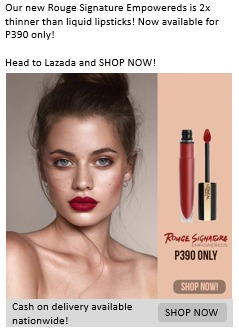
So we decided to market short “trial” like offers that would garner attention from the target audience and bring them into our clients branding so to speak.
The awareness campaign focused on women, living in the targeted country with a specific focus on age groups 15-19 and 30-39. We also stacked this with interest targeting based on people who were interested in makeup products.
Target the brands demographic on Facebook & Google’s network
To target the demographic mentioned above, we used both Facebook’s ad platform along with Google’s search & display network. The aim was to target cold traffic and retarget segmented traffic based on events (Page views, Add to carts, Purchases etc)
For Facebook, we targeted:
- Female – Age: 15-19 & 30-39, Lived in targeted country
- Interest targeting based on people who were interested in makeup products.
- Phone models (mainly iPhone users)
- Frequent travelers
- People who prefer high-value goods in the target country
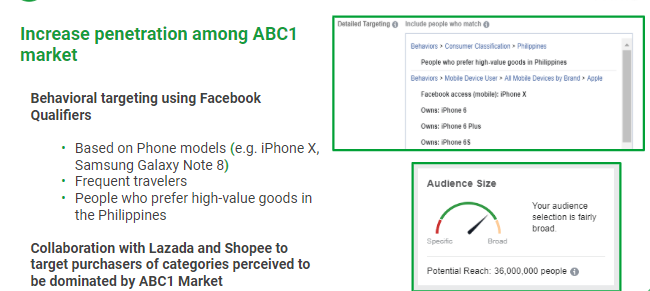
For Google, we targeted:
Search ads –
- Used a combination of brand and generic based keywords
- Incorporated normal ad creatives along with ad extensions to drive traffic to the brands storefront homepage as well as specific product pages
Network Display ads –
- Targeting ads towards category/sub-category audiences with the use of Collaborative ads
- Interest-based targeting (people interested in cosmetics and the likes)
Conversion Focused Optimization
Profiling of Audience Based on Behavior
As we drove cold traffic into the funnel, we segmented each audience based on actions taken (page views, add to carts, purchases etc)
Our goal was to retarget each segment of the audience to encourage and incentivize them to take the next step in the sales funnel.
For example –
Our page view audience needed to be transitioned to add to carts. From add to carts, this segment needed to move to purchases.
At bare minimum, we wanted them to add an offer to their shopping cart with the goal of making a purchase from the offer they originally landed on. If they purchased, we moved them into the “purchase” segmentation list.
If they add to cart from a page view audience but didn’t purchase, we added them to “Add to cart” segmentation list and ran ads designed to make them purchase. From purchases, we’d then create a “loyalty” list of users that would be remarketed for the…
Creation of Campaigns To Increase Re-Purchasing
Cross Selling
Part one of our re-marketing strategy. Cross selling offers is an important part of driving results.
Why?
Because it helps us to increase the amount of revenue generated from customers. If they bought product A, they may be interested in another relevant product like B, C or D. It also gives us a deeper understanding of purchase behavior from consumers.
This is especially crucial for new makeup users, since it will be key for our clients to be front of mind for all products as they build their makeup routine.
For example –
If they purchase “product X”, then their next related purchase might be “product Y” . For relatively loyal makeup users, they may want to experiment. For example, a liquid lipstick user might want to change up their lipstick with something more mattifying.
Replenishment
Moving onto replenishment of product. This is also a very important part of the retargeting strategy. As well as cross selling other offers, we retarget past consumers to offer them replenishment’s on offers they have purchased in the past and need in the future. Allowing them to continue their makeup routine without worry of running out of essential supply.
Replenishment does not necessarily rely on the product cycle; rather, it relies on how frequently consumers purchase a particular product.
With regards to the schedule of running ads for replenishment, we split the product based on their replenishment period and created automated audience ads every time someone will run potentially out of stock
If we contrast between both cross selling and replenishment…
Cross-selling considers what other related product they could buy, replenishment considers when they would buy the same product again.
What Results Did This Campaign Return?
This campaign was launched back in quarter 4 of 2019 and results generated below are from that three month period. Brand awareness was increased in our targeted Geo location along with acquiring more customers for our client.
Let’s take a look at how the results panned out –
- $750k in revenue generated
- 110k orders placed throughout the duration of the campaign
- 5.5% sales conversion rate
- 212% return on ad spend
- $220k on ad spend for the duration of the campaign
We split the budget between various traffic sources. This is where we spent most of our advertising budget –
- Facebook -> 68.13%
- Google -> 17.38%
- Criteo -> 14.50%
What Could We Do Better Next Time?
If you’ve ever read any of our other case studies, you’ll know this is a question we like to ask after we’ve delivered results for our clients. It’s a good question to ask as it helps to critique the results delivered and think of ways we may have been able to make this campaign an even better results driven success.
With regards to this campaign, there were a couple of things we could do to improve the performance of this campaign. They are as follows –
- The assets (ad formats & designs) for both Google and Facebook ads should be updated on a monthly basis. (Can we go into a little more detail on that? Briefly?)
- The awareness of the campaign could be improved by using video that would resonate with this beauty brands target audience, specially millennial’s, it’s all about “improving oneself because of love” (You only used images? No videos right?)
- We could test other traffic sources such as YouTube Discovery, bumper and instream ads.
- Instead of using a third party eCommerce platform, use a dedicated website for the client. Giving us more control on the website itself.
We believe the reason why this campaign did so well is because of a few factors. Those were:
- Because this beauty brand is very well known in its industry, competition to stay font of mind is paramount to success. Therefore we innovated by creating ads that would attract competitors valuable customers. How?
By targeting the right audience to ensure that we are not paying for irrelevant clicks. On top of that we ensure that we have ads for both FB and Google.
- Another reason why this campaign was a success was being able to utilize Facebook & Google’s marketing platforms properly by ensuring that we adapt to the changes of platforms and all its components such as – interest & demographic based targeting, retargeting warm audiences using Facebook ads. For Google… being able to find relevant audiences on their vast network using – Search, GDN, YT, and shopping ads.
- Leveraging the authority of a large third party eCommerce brand along with our own clients authority further helped with the conversion of different segments in the funnel. Even though we mentioned that this may have been an issue on campaign improvement, you could also say that this was a positive reason on how well the campaign performed.
- Lastly… working on marketing campaigns from large household brands makes marketing that bit easier simply because it’s an established brand, with proven offers and it’s great to be able to leverage off their authority within their industry.
That concludes this case study folks! My team member ran online campaigns for this beauty brand for an entire 12 months with great success. Increasing sales for the brand by 80% was quite an achievement.
We hope you enjoyed reading our case study. Please reach out with any questions you have.
